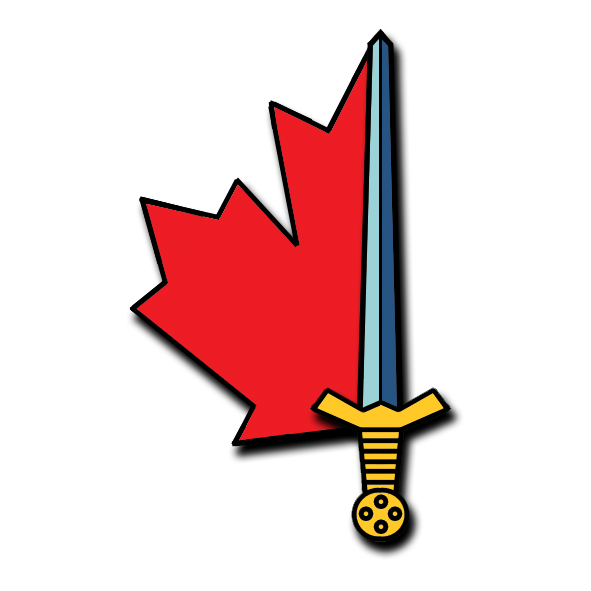You may be on to something there.
The real impact of this article that I see is the relation between the origniating points of soldiers and post-service resources like VAC offices and medical staff. If most of those soldiers came from small towns and returned to small towns after their service (but no statistics to prove...

milnet.ca
5 pages.
Also, from the National Post back in 2009,
"Who fights for Canada? Young white men, that's who fights," says Douglas Bland, chairman of Queen's University's defence studies program.
Graeme Hamilton, National Post
Published: Saturday, November 07, 2009
Chris Schwarz, Canwest News Service
"Who fights for Canada? Young white men, that's who fights," says Douglas Bland, chairman of Queen's University's defence studies program.
For decades, Remembrance Day was about honouring the ever more distant memory of Canadians killed in the two world wars and in Korea. Then in 2002 in Afghanistan, the country suffered its first combat casualties in nearly half a century, the beginning of a mounting toll that reached 133 last week. Canada has evolved considerably since the Korean armistice of 1953, becoming an overwhelmingly urban and increasingly multicultural society. But while the face of Canada has changed, the faces of its war dead largely have not.
The names, photos and hometowns of those who have died in Afghanistan provide a portrait of the Canadian solider of the 21st century, and in some ways he is not all that different from his 20th-century predecessor. "Who fights for Canada? Young white men, that's who fights," Douglas Bland, chairman of Queen's University's defence studies program, puts it bluntly. There are obviously exceptions to his generalization: three women are among the Canadian dead, as are six members of visible minority groups. But the great majority of casualties are white men between the ages of 20 and 39. They are more likely to have grown up in small towns than in major cities. And relative to its population, Atlantic Canada has suffered the heaviest losses.
The numbers suggest that significant pockets of the country are content to leave military service -- and the danger it entails -- to others. They also raise questions about the Canadian Forces' ability to confront demographic change that is draining its traditional recruitment pool. With each census, Canada's population becomes more concentrated in its major metropolises. In 2006, the six metropolitan areas with populations of over one million people -- Toronto, Montreal, Vancouver, Ottawa-Gatineau, Calgary and Edmonton -- accounted for 45% of the total population. But of the 133 Afghanistan dead, 26 -- or 20% --come from those cities.
The metro Toronto census area, which encompasses surrounding suburbs and makes up nearly one-sixth of the Canadian population, has lost four soldiers, 3% of total casualties. Truro, N.S., with a population of 12,000, has lost as many of its men. Metropolitan Montreal and Calgary have seen eight and six soldiers killed, respectively, while just one has come from the Vancouver area.
The four Atlantic provinces, with 7% of the national population, account for 23% of the dead. Saskatchewan's eight fallen soldiers represent double its share of the population.
"The casualties do tell us something important about the composition of our force," says Christian Leuprecht, a professor at the Royal Military College who is currently a visiting professor of Canadian Studies at Yale University. "There is a considerable over-representation from rural areas, and there has traditionally been over-representation from Atlantic Canada. That's partially a function of how virtually all militaries recruit. They tend to recruit from lower socio-economic strata ... and from areas that economically don't do as well. In those areas the military is an attractive employer and, interestingly, an institution for social mobility within a society." Figures provided by the Department of National Defence show that, with a few exceptions, a province's share of the Afghanistan fatalities reflects its share of overall enrolment in the regular forces.
In the post-Charter of Rights era, the army has increased efforts to recruit visible minorities, aboriginals and women. But a 2006 report by Canada's auditor-general found that recruitment among the three groups had fallen well below National Defence targets. According to the latest numbers from the army, 17% of Canadian Forces personnel are women. Visible minorities make up 3.4% of the Forces, compared with 16% of the overall population, and aboriginals are 2.6%, compared with 3.8% of the population. One area where the Forces are becoming more representative of the general population is age, a fact reflected in the Afghanistan casualties.
"The army's at war," he says, "and Canada's at peace."








